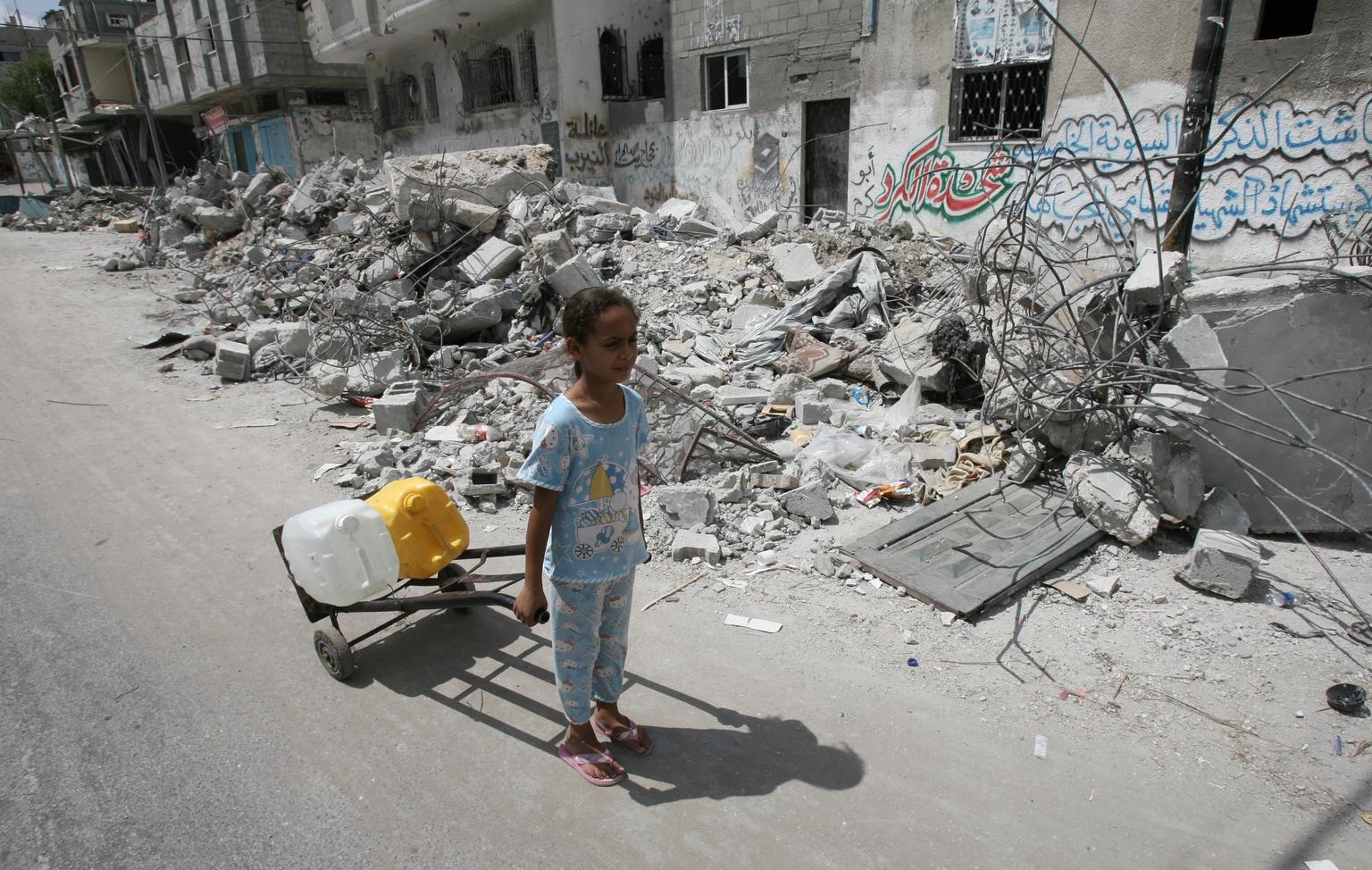The Environemnt Quality Authority in Palestine has released a statement saying two-thirds of Palestinians living in Gaza are now suffering water-borne diseases as a result of the lack of potable water and desalination plants due to the ongoing siege and bombardment of the strip by Israeli forces.
Between November 29 and December 10 2023, cases of diarrhoea in children under five jumped up 66 percent, and that of the remaining population jumped by 55 percent as per a report by the World Health Organizaiton (WHO).
In its statement, the Environment Quality Authority said people were at risk of various intestinal diseases, including cholera and chronic diarrhoea. In November 2023, the UN assessed that more than 96 percent of the water supply in Gaza is completely unfit for human consumption.
A report released by Human Rights Watch on November 16, 2023 stated that “after October 7, the Israeli government shut off the pipes that supply Gaza with water. It has since only resumed piping water to some parts of southern Gaza while some water has entered via Egypt, but it’s not reaching everyone and is not nearly enough to meet the needs of Gaza’s population, requiring many to rely on the local water supply.”
Since October 7, Israel has continuously bombed sewage lines, leading to flooding across the strip, which has had catastrophic consequences on people in Gaza. With the onset of winter, the accumulation of rainwater and wastewater has exasperated the situation further.
Many Gazans are currently internally displaced, leading to a lack of proper housing and sanitation facilities. People are only able to access 1.5 to 2 litres of water per day, which is much below the recommended requirement for survival, according to an Al Jazeera report. The daily required amount according to UNICEF is 3 litres, and this amount can go up to 15 litres if washing and cooking are factored in.
In desperate attempts to seek shelter, many have set up makeshift tents to live in – a solution that is currently proving challenging with current changes in weather and start of rainstorm season.
Alongside the previously-mentioned waterborne diseases, Gaza is also suffering from a variety of other diseases including meningitis, chickenpox, jaundice and upper respiratory tract infections.
The collapse of Gaza’s healthcare system has only further led to the spread of disease and illness across the strip, as healthcare facilities are incapable of operating without clean water. Hospitals have also been the continuous target of bombs and attacks by occupation forces currently stationed within Gaza, under the pretense that these facilities “were housing Hamas operations”, despite no credible evidence to prove this.
The restriction of aid has further exasperated an already dire issue. The only permanent solution to the health crisis would be a permanent ceasefire, the rebuilding of Gaza’s healthcare and sanitation systems, alongside the provision of proper housing, food, and water in order to meet the current needs of the population. As it stands now, humanitarian aid trucks remain stationed outside the Egyptian-controlled Rafah border, awaiting entry.


